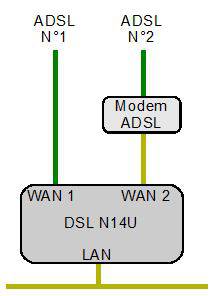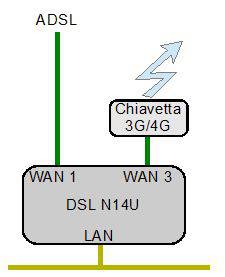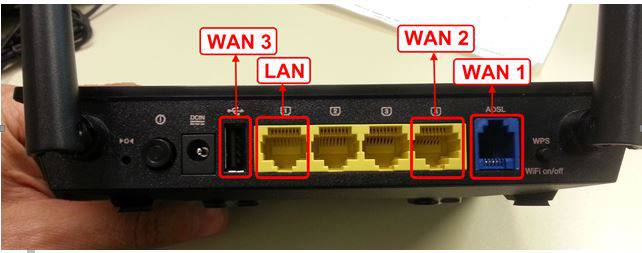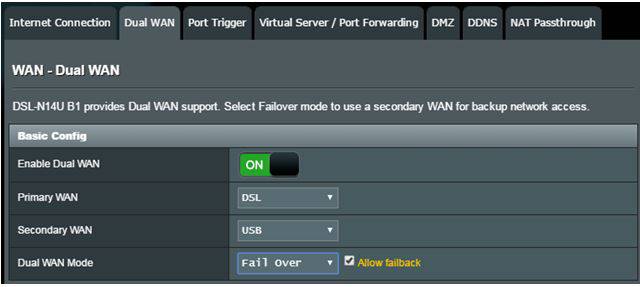How Can We Help?
How to implement the backup of an ADSL line
In recent years, given the intensive use of online services, it has become increasingly important to have an internet connection with a very high degree of reliability, which is as close as possible to 100% annual availability. Unfortunately, the availability of a standard ADSL connection hardly exceeds 99.95%, that is, with a potential disruption per year of the order of 0.05%, equal to about 4 hours; up to 10 times as much in worst cases. Considering an average value of 20 hours that could be distributed for example over 4 events a year, we will have our company stopped for 5 hours each time, with serious disruptions for the company itself and customers.
To overcome this problem, some suppliers offer, with an additional fee, a guarantee on intervention times of the order of a few hours. This solution only partially reduces the negative effects of disconnection without definitively solving the problem, moreover in the face of non-negligible costs.

Fig 1: Backup between two xDSL connections

Fig 2: Backup of an ADSL with a 3G / 4G
A better solution from a systems point of view is based on the use of a back-up connection to be used in the event that the main connection stops working (Fig 1 and Fig 2). In order to implement an automatic switching between two connections, economic routers are now available on the market which give the possibility to manage at least two WAN network interfaces.

Fig 3: The DSL-N14U router and physical interfaces for connecting to the LAN and WAN networks
Take for example the DSL-N14U model from ASUS (Fig 3), this has:
- a physical interface with ADSL / ADSL2 standard for the classic copper pair (WAN 1)
- an ethernet interface chosen from 4 ports, to be configured as a WAN port for connection to an xDSL modem or any other technology (WAN 2)
- a USB interface for the use of a 3G or 4G (WAN 3) USB dongle
- at least one ethernet LAN port to connect the router to the rest of the network
Any two WAN interfaces can be used, chosen from the three available and configured in collapsing or failover mode. In the first case, the router will try to balance the load between the two connections; in the second case only one connection will be used, the one indicated as the main one, and only in the event of its failure will the second connection be activated.

Fig 4: Failover configuration between the ADSL interface and 3G / 4G
Setting up failover mode is very simple (Fig. 4). Just indicate in the Dual WAN configuration page which interface to use as primary and which as secondary.
In case of using a 3G / 4G USB dongle, check the compatibility of the devices in the table provided by the manufacturer:
http://www.asus.com/event/networks_3G4G_support/
With Ucloud it is necessary to avoid if possible to use the load balancing; in the absence of preferential routes, the IP terminals and telephone gateways could register on the PBX in the cloud from different public IPs (for example from ADSL 1 and ADSL 2), preventing the correct functioning of the P2P mode. On the other hand, no problem for the fail over mode, with which, after a brief transitory period, all devices are seen by the same public IP.


